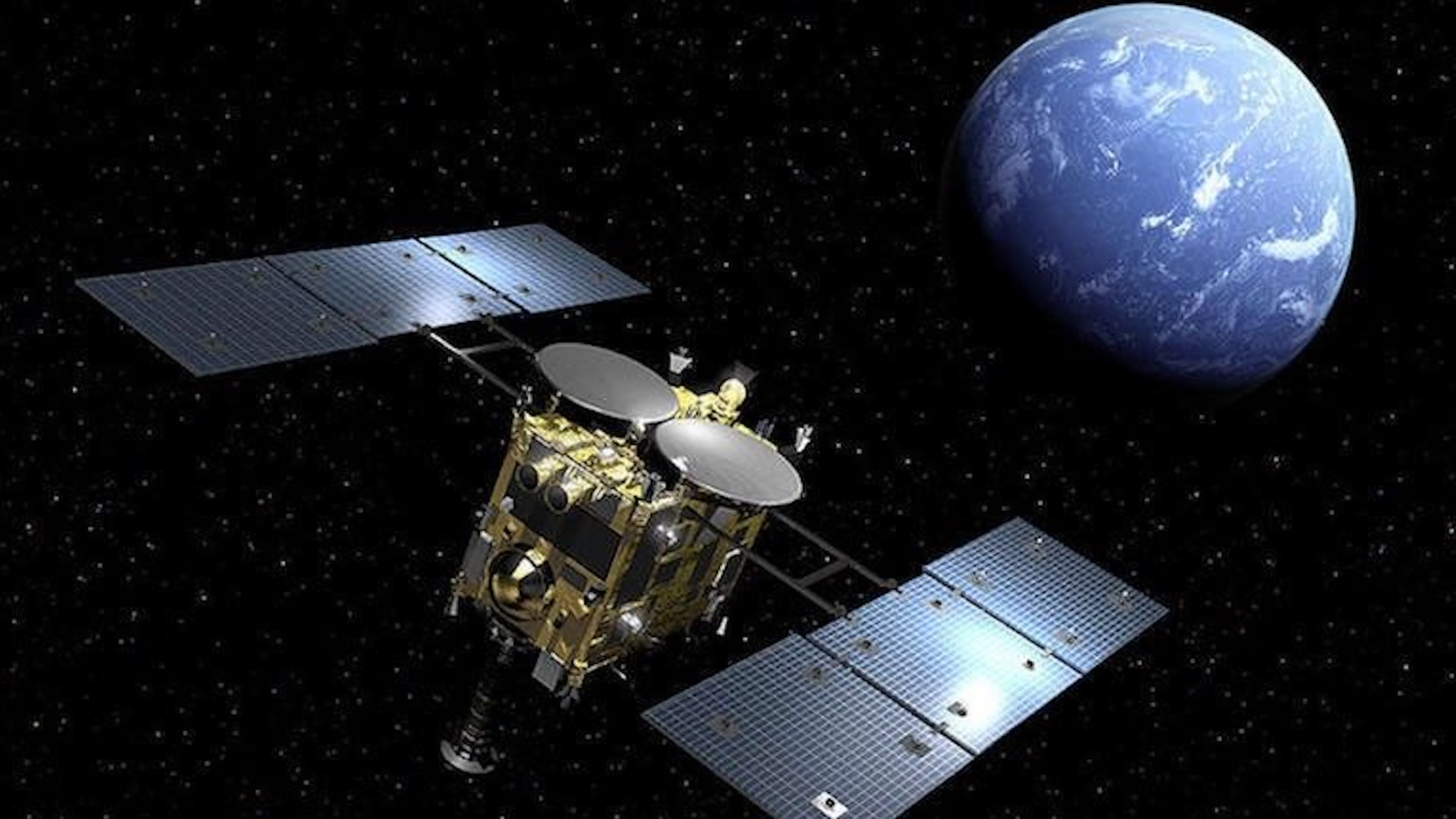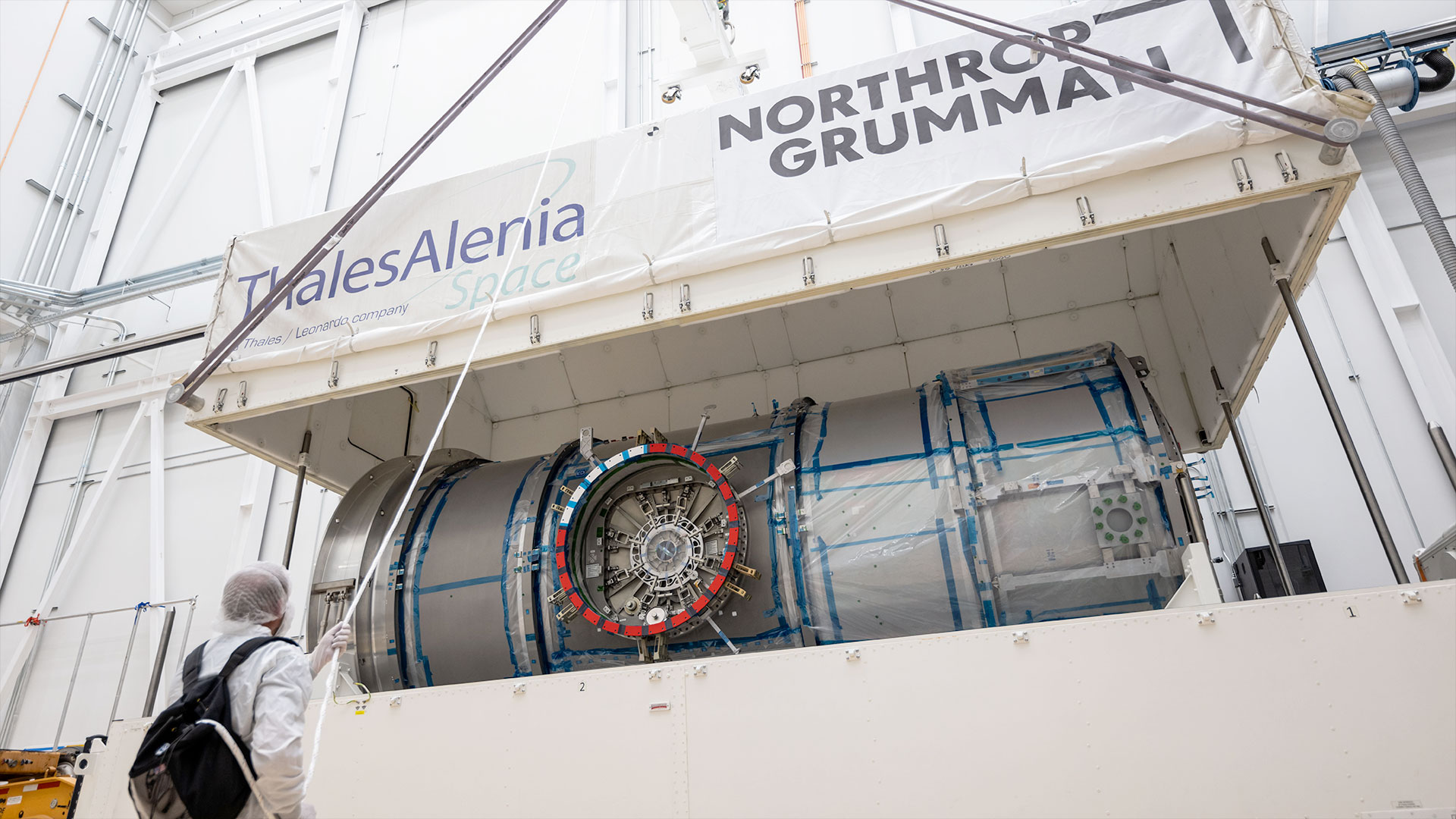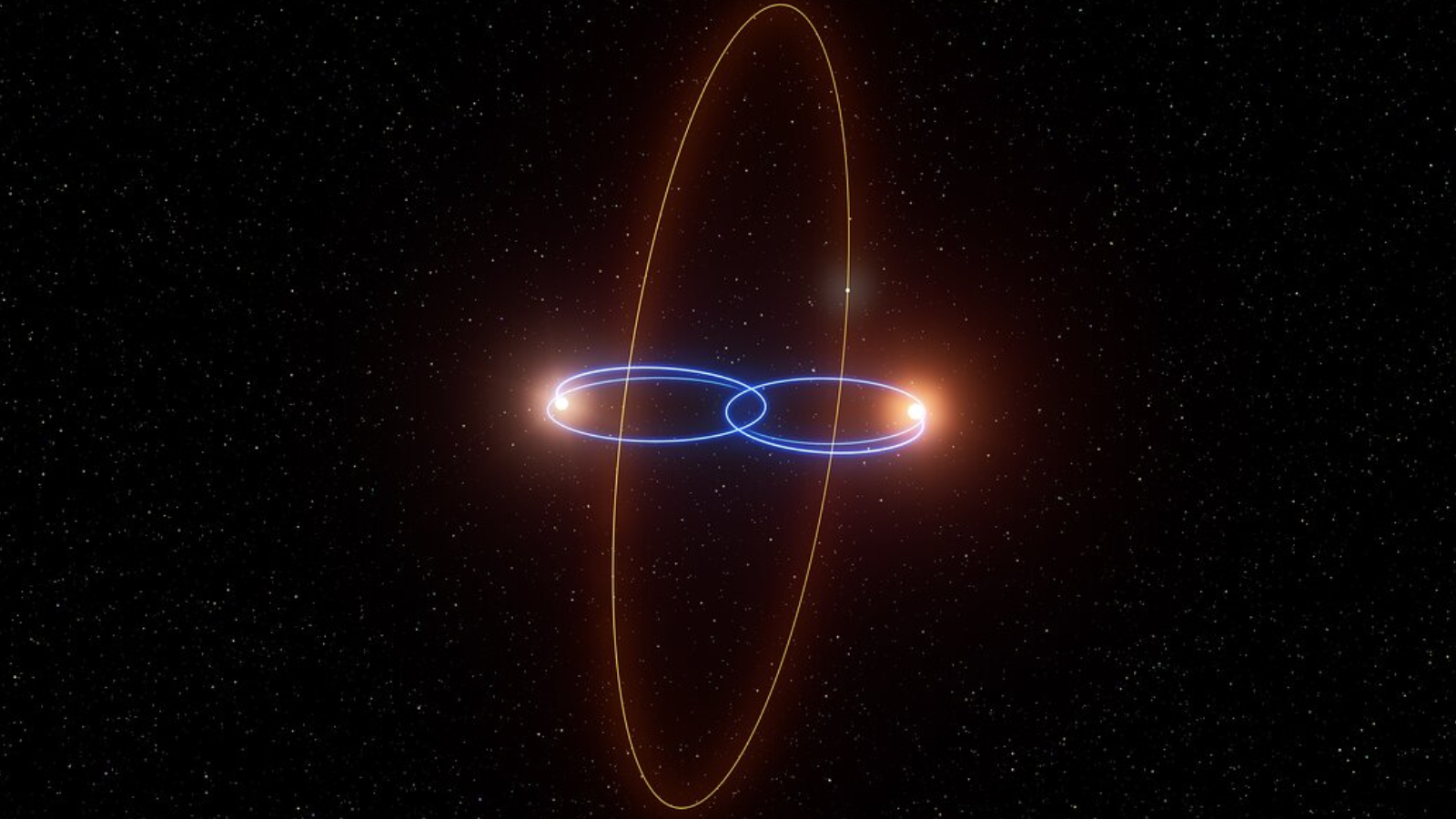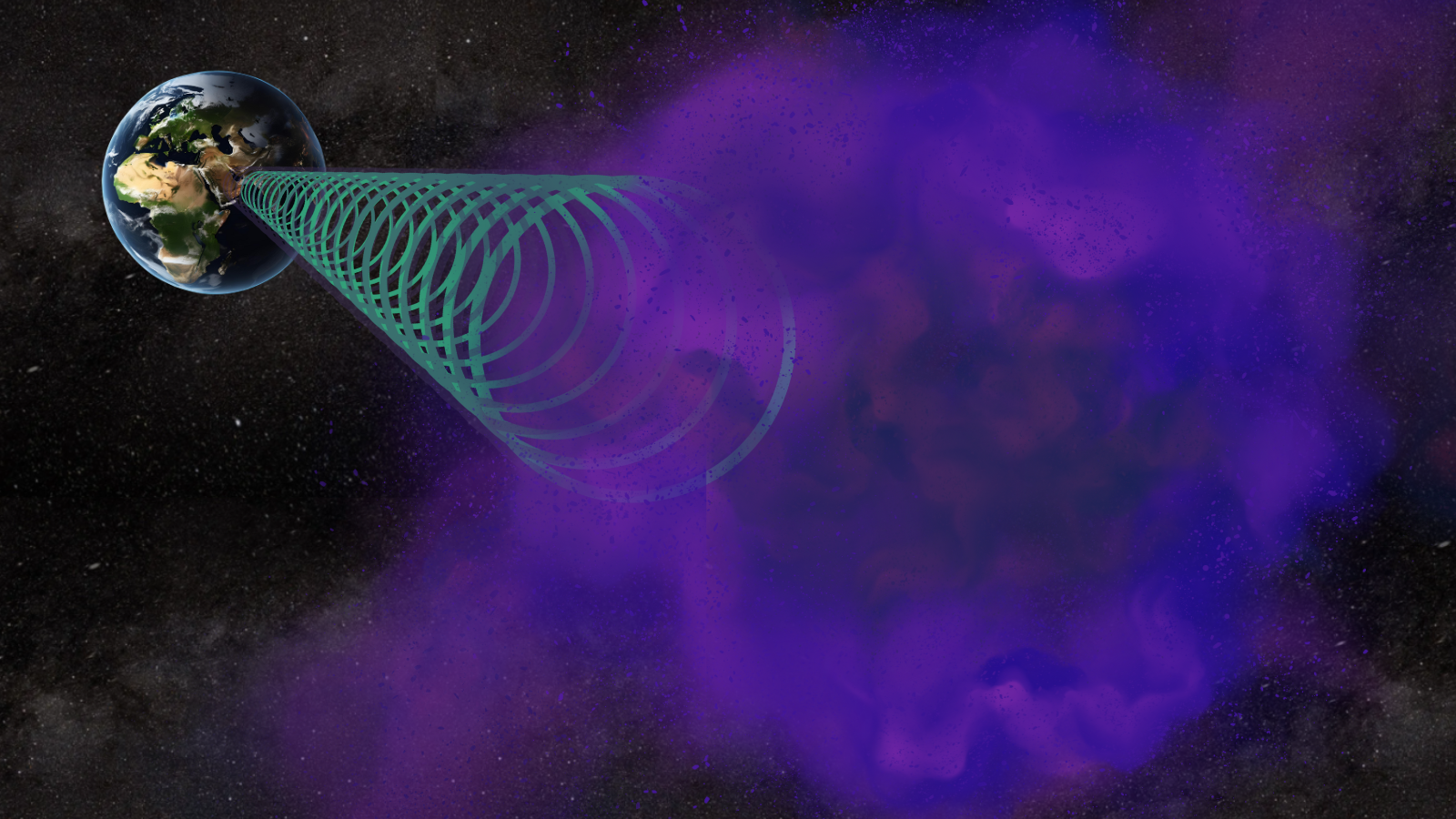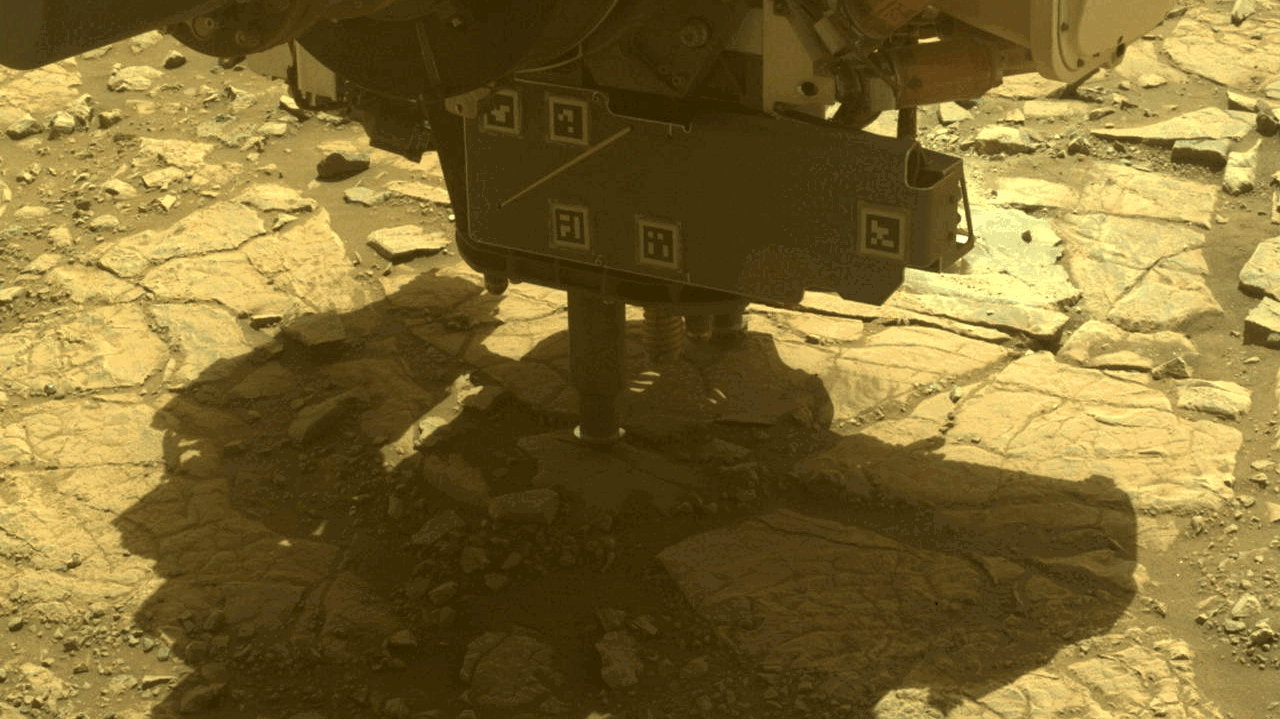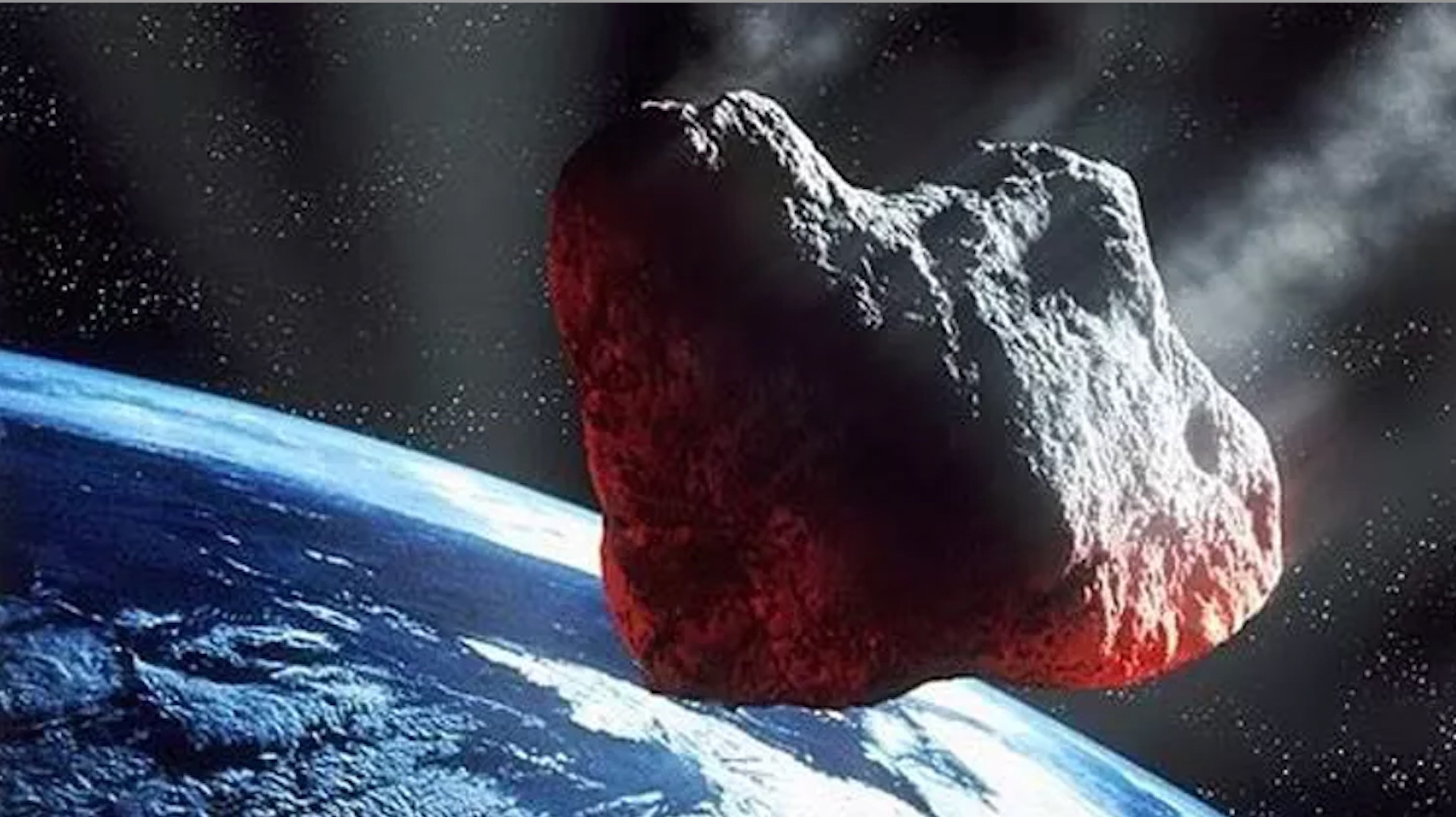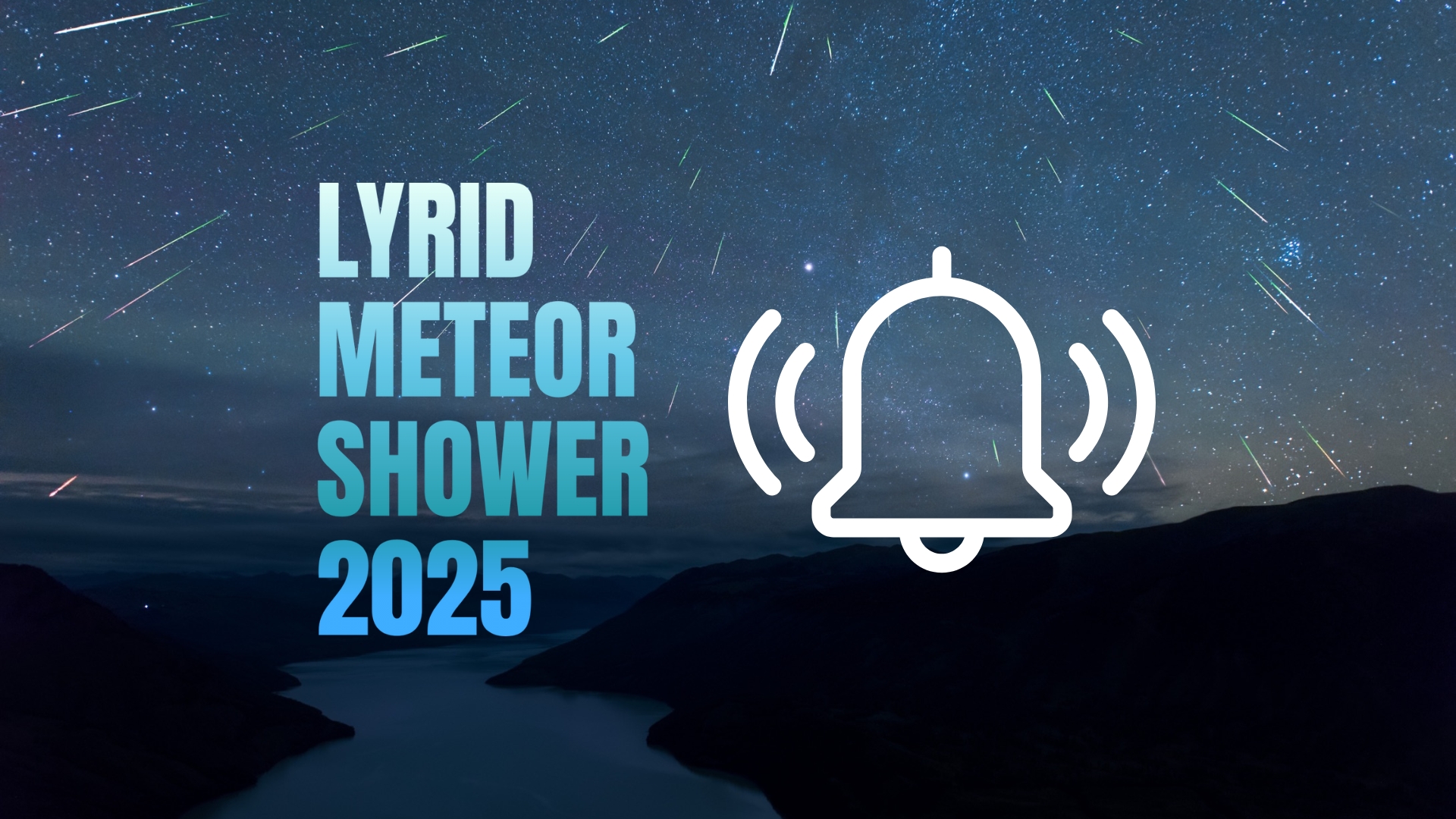Space Shuttle Atlantis Moves to Launch Pad for Final Planned Flight
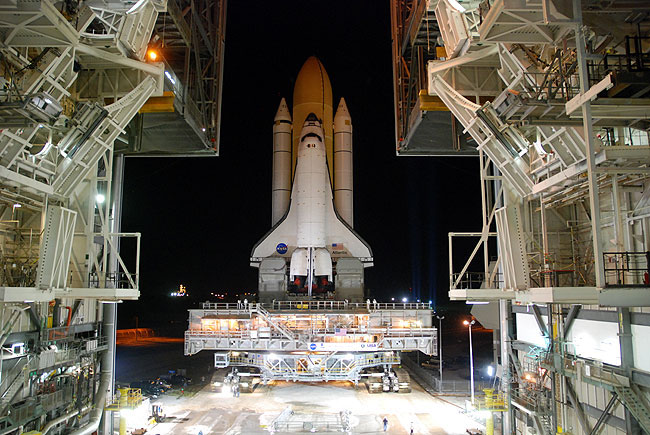
CAPE CANAVERAL, Fla. — Spaceshuttle Atlantis held the spotlight late on Wednesday night into early Thursdaymorning as it rolled out of Kennedy Space Center's Vehicle Assembly Building (VAB)in Florida, on its way to the launch pad for what is planned to be its lastflight.
Theblack-and-white winged-orbiter, mounted to an orange external fuel tank andtwin white solid rocket boosters, left the voluminousbuilding— the largest one-story building in the world — just before midnight ?atop amobile launcher platform and crawler transporter tracked vehicle.
Atlantis'trip to the launch pad came just a day after the successfullanding of its sister ship Discovery on Tuesday to wrap up a15-day flight to the International Space Station.
"Oneof myfavorite shots,almost as fantastic as launch, is coming out here in the middle of the night,watching it clear the VAB doors. When it moves out into the xenon lights andthey're shining on it, there's just something very special about that,"former astronaut and Kennedy Space Center director Bob Cabana toldcollectSPACE.com. "The beginning of this journey into space, it all startswhen the whole stack rolls out."
Atlantis'first moves at 11:31 p.m. EDT Wednesday were also slated to be among its last.
Scheduledto lift off in mid-May to the International Space Station (ISS) to deliver anew Russian-built mini-research module, Atlantis' STS-132 mission will mark its32nd, and as planned, last spaceflight.
"STS-132is the last flight of Atlantis," confirmed NASA's space shuttle launchintegration manager Mike Moses on Tuesday, addressing the speculation thatanother mission might be added based on the plan to have Atlantis readied torescue the crew of the final scheduled shuttle mission if an emergency arose.Only two flights are currently slated to fly after STS-132; STS-134 by shuttleEndeavour and STS-133 by Discovery.
Get the Space.com Newsletter
Breaking space news, the latest updates on rocket launches, skywatching events and more!
"Therehas been a lot of talk from the administration about whether you go ahead andfly that rescue vehicle since you have the hardware... but there has been nodecision made there and from a planning purpose standpoint we're still planningon STS-132 being the last flight of Atlantis," Moses explained.
"We'vecome up with a tagline," said STS-132 commander Ken Ham after Atlantis had arrived at the pad onThursday at 6:03 a.m. EDT, 6 hours and 32 minutes after its rollout began."This is the first last flight of Atlantis."
Thirty-ninerolls ... and a half
ThoughSTS-132 is Atlantis' 32nd launch, it has made the journey to the launch padseven — and a half — additional times.
Thefourth orbiter to join NASA's fleet, Atlantis completed its first rollout tothe pad on August 30, 1985, five weeks before lifting off on its maiden flight,STS-51J, a classified mission for the Department of the Defense.
Sincethen, over the past 25 years Atlantis has traversed the 3.5 to 4.2 miles (5.6to 6.8 km) between the Vehicle Assembly Building and either pads 39A or 39B to deploytwo planetary probes -- Galileo to Jupiter and Magellan to Venus; deploy theCompton Gamma Ray Observatory and service the Hubble Space Telescope; and visitboth the Mir and International space stations.
Sometimesthough, those missions required more than one visit to the pad.
TwiceAtlantis needed to be rolled back to the VAB due to technical issues discoveredwhile it was being readied for launch. Once the problems — a hydrogen fuel leakin 1990 and a solid rocket booster cabling concern in 2001 — were resolved,Atlantis was rolled out again to fly the STS-38 and STS-98 missionssuccessfully.
Infact, Atlantis had already gone through a partial rollout for STS-98 evenbefore the cabling issue was identified. A failed computer on the crawlermoving the shuttle to the pad resulted in Atlantis retreating again into theVAB.
Morerecently, Atlantis was rolled to the pad and ready to launch when its mission'starget, the Hubble telescope, suffered its own hardware failure. Atlantis wasrolled back and didn't begin the STS-125 mission until seven months later inMay 2009.
Stormsaccounted for Atlantis' four and a half other round trips to the pad.
A hailstorm in March 2007 resulted in damage to Atlantis' external tank for STS-117. Repairswere made inside the assembly building and the shuttle was returned to the padto fly.
Thethreat from approaching hurricanes caused Atlantis to take shelter in the VABthree times, and almost a fourth.
Thehalf-rollout statistic, which is unique to Atlantis, came in August 2006 afterwhat was forecasted to be a growing storm, Tropical Storm Ernesto, weakened.Already on its way back to the VAB, Atlantis' move was reversed and it returnedto the pad to begin the STS-115 mission 11 days later.
A very emotional moment
Atlantis'crew for the STS-132 mission was able to watchtheir ride to orbit leave for the launch pad, having arrived in Florida onTuesday to take part in a dress rehearsal for their May 14th scheduled liftoff.
Originallythe astronauts were slated to come to Kennedy Space Center after Atlantis hadreached the pad but rain storms delayed the shuttle's departure by severaldays.
Thelate rollout meant that the six crew members could also catch a ride withAtlantis.
"Ridingthe crawler ... was absolutely fantastic," said Ham. "It was one ofthose moments that we shared with each other to remind us of the reality ofwhat we're going to do,"
ForCabana, the rollout was similarly moving.
"Tome, [it's] a very emotional moment," he said. "It's like it is pullingout of port, it's on its way. It is a three mile trip out to the pad and it'sstarting its journey to space. It is just phenomenal."
Clickthrough to collectSPACE.com for the photo galleries: "Atlantis hasleft the building ... " and "Atlantis and astronauts at the pad."
- Images— Shuttle Discovery's Mission in Pictures
- Morning Star: The Pre-dawn Launch of Shuttle Discovery
- What Will NASA DoWith the Retired Space Shuttles?
Copyright 2010 collectSPACE.com. All rightsreserved.
Join our Space Forums to keep talking space on the latest missions, night sky and more! And if you have a news tip, correction or comment, let us know at: community@space.com.

Robert Pearlman is a space historian, journalist and the founder and editor of collectSPACE.com, a daily news publication and community devoted to space history with a particular focus on how and where space exploration intersects with pop culture. Pearlman is also a contributing writer for Space.com and co-author of "Space Stations: The Art, Science, and Reality of Working in Space” published by Smithsonian Books in 2018.In 2009, he was inducted into the U.S. Space Camp Hall of Fame in Huntsville, Alabama. In 2021, he was honored by the American Astronautical Society with the Ordway Award for Sustained Excellence in Spaceflight History. In 2023, the National Space Club Florida Committee recognized Pearlman with the Kolcum News and Communications Award for excellence in telling the space story along the Space Coast and throughout the world.
